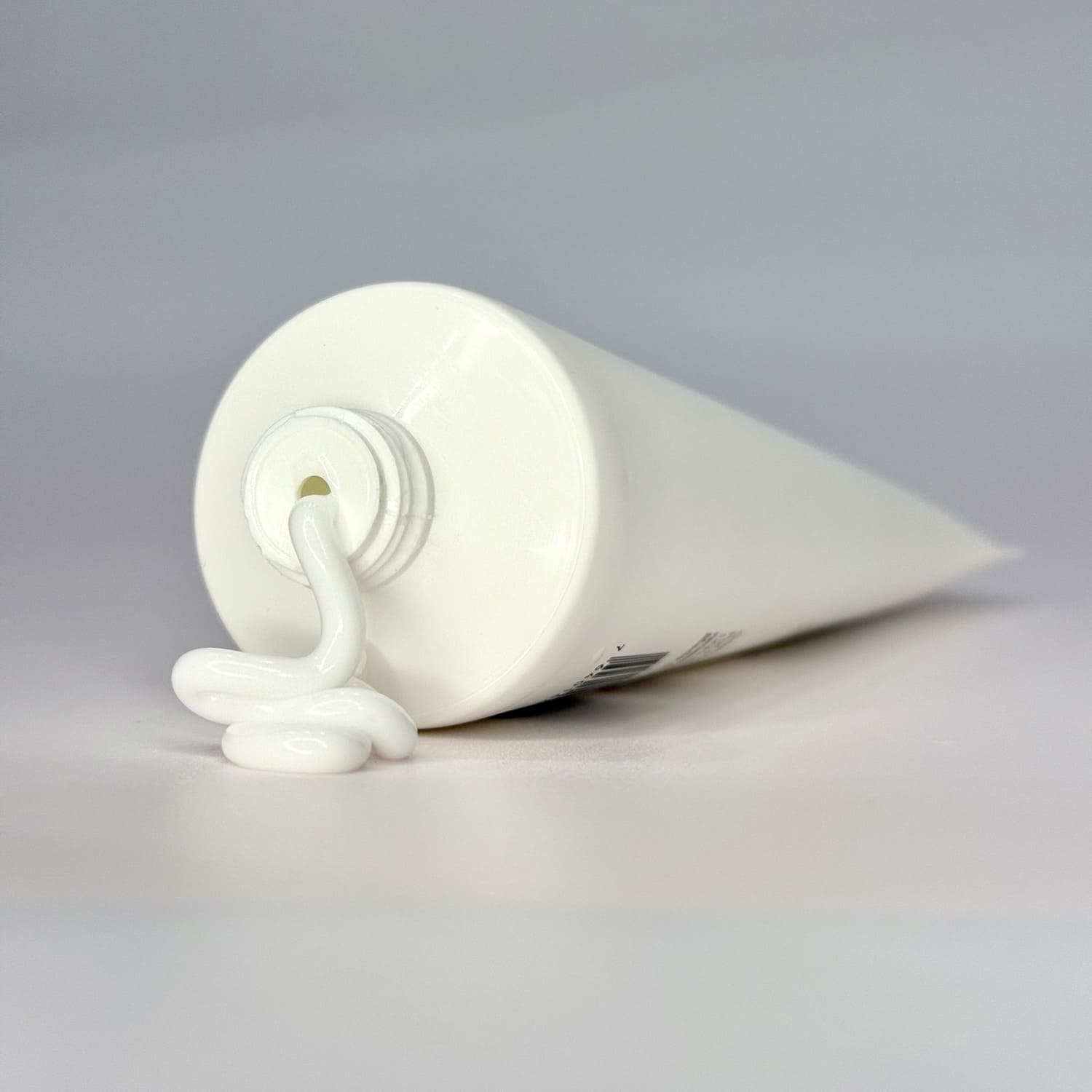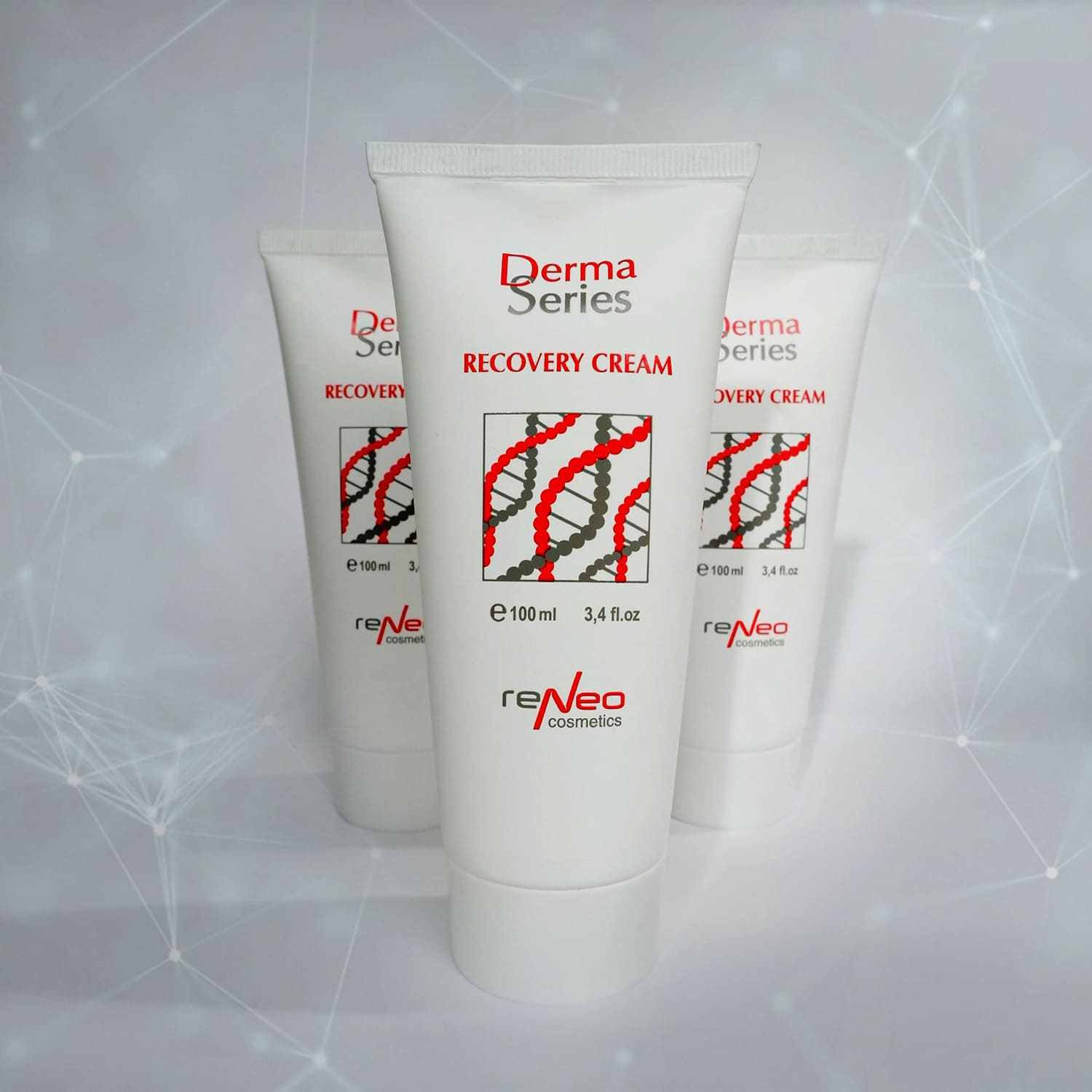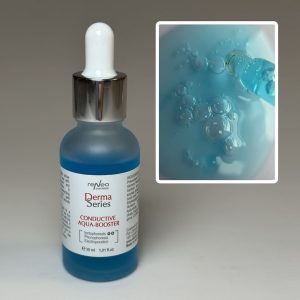DNA COMPLEX OF MARINE ORIGIN – obtained by biotechnology, is a combination of natural polynucleotide and spirulina extract. It has a powerful intensive effect on tired skin that has lost its tone, slowing down aging processes, strengthening the collagen structure of the epidermis, and activating metabolic processes.
VITAMIN E (TOCOPHEROL) participates in tissue respiration processes, supports the immune system (including skin barrier immunity), protecting the reproduction of immune cells. It is necessary for the stabilization of biological membranes. By slowing down the process of peroxide lipid formation, it restores their structure and function. It is a powerful antioxidant. Participating in reactions with lipids, it forms a low-energy tocopherol radical, which by itself does not promote prolonged chain reactions with membrane lipids, but can restore its antioxidant properties with other antioxidants, such as vitamin C. It preserves and enhances the effect of vitamin C on the skin, strengthens the hydrolipid mantle and is a natural sunscreen, protecting the skin from UV rays and slowing down the aging process. Vitamin E is an irreplaceable component of eyelash care. It activates the processes of growth and regeneration, affecting the hair follicles and prevents hair breakage by providing antioxidant protection.
HYALURONIC ACID – has a high degree of hygroscopicity. Being evenly distributed over the surface of the skin, hyaluronic acid forms a light film that actively retains moisture from the air. The film has acidic properties, which suppresses the reproduction of bacteria, but at the same time creates a moist environment for improving metabolic cellular processes. Thus, high-molecular hyaluronic acid has an excellent moisturizing, moisture-retaining and smoothing effect on the surface of the skin. In its low-molecular form, it has an excellent ability to bind and retain water molecules. The small size of the molecule allows hyaluronic acid to penetrate into the deep layers of the epidermis – this creates the effect of stimulating the basal layer of the epidermis and affects the dermal matrix. In the basal layer of the epidermis, hyaluronic acid plays a key role in the proliferation and migration of keratinocytes, largely determines the parameters of the stratum corneum and the ability of the epidermis to re-epithelize. In addition, the low-molecular form of hyaluronic acid affects fibroblast receptors, in particular, such receptors as CD44, which slows down the degradation of the body’s own hyaluronic acid and increases its synthesis. Another very important feature of hyaluronic acid is its ability to protect cells from free radical damage.
INCI: Aqua, Caprylic capric/Triglyceride, Dicaprylyl carbonate, Glycerin, Cetyl alcohol, Glyceryl stearate, Cetearyl alcohol, PEG-75 stearate, Ceteth-20, Steareth-20, Xanthan gum, Acrylates/C10-30 Alkyl acrylate crosspolymer, Parfum, Caprylyl glycol, Phenoxyethanol, Chlorphenesin, DNA, Carbomer, Tocopherol, Citric acid, Sodium Hydroxyde, Potassium sorbate.



























Reviews
There are no reviews yet.